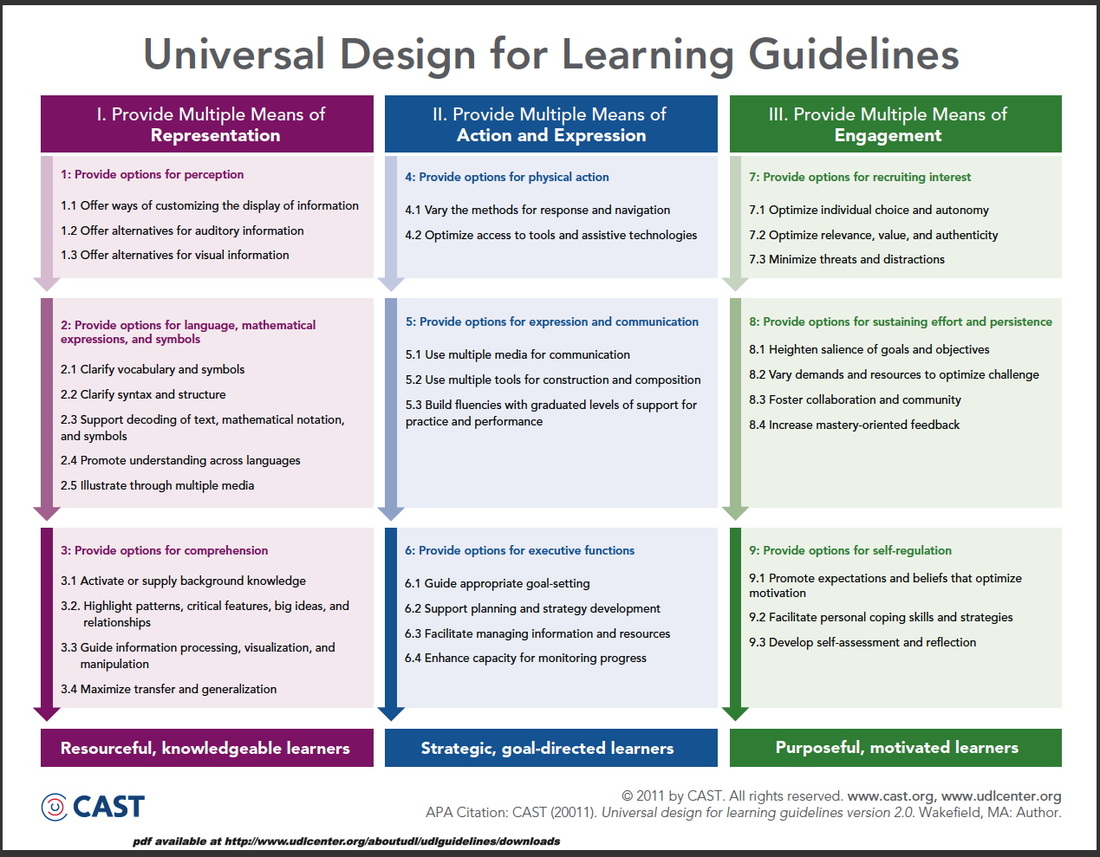Stephanie Fiore, Senior Director, TLC

On the first day of Italian I class, I tell a story about my own experiences learning the language while studying abroad. During a conversation with my host family about the movie “Gone With The Wind”, I meant to say that whenever I saw that film, I cried and I cried (“piangevo e piangevo”); instead, I said that I rained and I rained (“piovevo e piovevo”). My hosts laughed wholeheartedly and responded “Do you snow in the winter too?” This little story never fails to get a laugh from students, but more importantly, it communicates what I want them to know – nobody has ever died of embarrassment because they made an error when trying to speak a foreign language. Errors are part of learning, so everybody just relax!
The willingness to take risks is an essential component of learning. And yet, students are often worried about making mistakes or believe they are just not good at learning languages, math, science (really anything). They may also lack confidence and are therefore anxious about the participation that may be necessary in a learning environment. I know that if I create an atmosphere that encourages risk-taking behavior in my class, these students will more likely thrive. This fits with the literature on creating a positive climate for learning:
“Learning is not merely a cognitive process; it is substantially affected by emotional factors. Teaching can thrive only in an environment of trust that encourages students to attend, think and learn. Students need a supportive climate that provides generous room for trial and error, enables them to learn from mistakes, encourages them to take risks in overcoming difficulties in learning, and promotes their confidence in their ability to learn.” (Hativa, 255)
So how can we reduce student anxiety and increase their willingness to take risks?
1. Be intentional about your messages
- Express confidence to students that they can do well in your course.
- Encourage students to ask questions by explicitly telling them that questions are welcome and expected.
- Take the time to compliment a student on something specific that he or she has done well. The key here is specificity. Praise, reinforcement, encouragement and acknowledgment have all been shown to increase motivation (Gage & Berliner, 1998).
- When delivering criticism, be specific and state the critique in changeable terms – that is, make clear that improvement is possible.
2. Clarify that learning is a process
- Admit when something is difficult to master and then work with the student to develop specific strategies to improve performance and reach mastery.
- Self-disclosure, that is, speaking from personal experience about your own learning trajectory, can remind students that expertise is developed over time.
- Help students evaluate their progress by encouraging them to critique their own work, analyze their strengths, and work on their weaknesses. For example, consider asking students to submit self-evaluation forms with one or two assignments. (Cashin, 1979; Forsyth and McMillan, 1991).
3. Provide opportunities for trial and error
- Give students opportunities to talk about their thinking in low-stakes situations, such as asking students to brainstorm ideas in teams or making informal ungraded presentations in class.
- Provide early opportunities for success (Forsyth and McMillan, 1991).
- Allow students to write drafts of major assignments and provide targeted, clear feedback that will help them make substantive changes where necessary.
Faculty often feel the pressure to move forward quickly, as a semester is short and there is so much material to cover. But by spending a little time to create a positive climate of support, the truth is that we may find that students learn more efficiently and more effectively.
___________
Cashin, W.E., “Motivating Students”, IDEA Paper no.1, Manhattan: Center for Faculty Evaluation and Development in HIgher Education, Kansas State University, 1976.
Forsyth, D.R., and McMillan J.H. “Practical Proposals for Motivating Students.” In R.J. Menges and M.D. Svinicki (eds.), College Teaching from Theory to Practice. New Directions in Teaching and Learning, no. 45. San Francisco: Jossey-Bass, 1991.
Gage, N. L. & Berliner, D. C. (1988). Educational psychology (4th Ed.). Boston: Houghton Mifflin.
Hativa, Nira. Teaching for effective learning in higher education. Springer Science & Business Media, 2001.
Let’s Exchange Edvice
What strategies have you used successfully to reduce student anxiety and encourage them to take risks in your classes?
